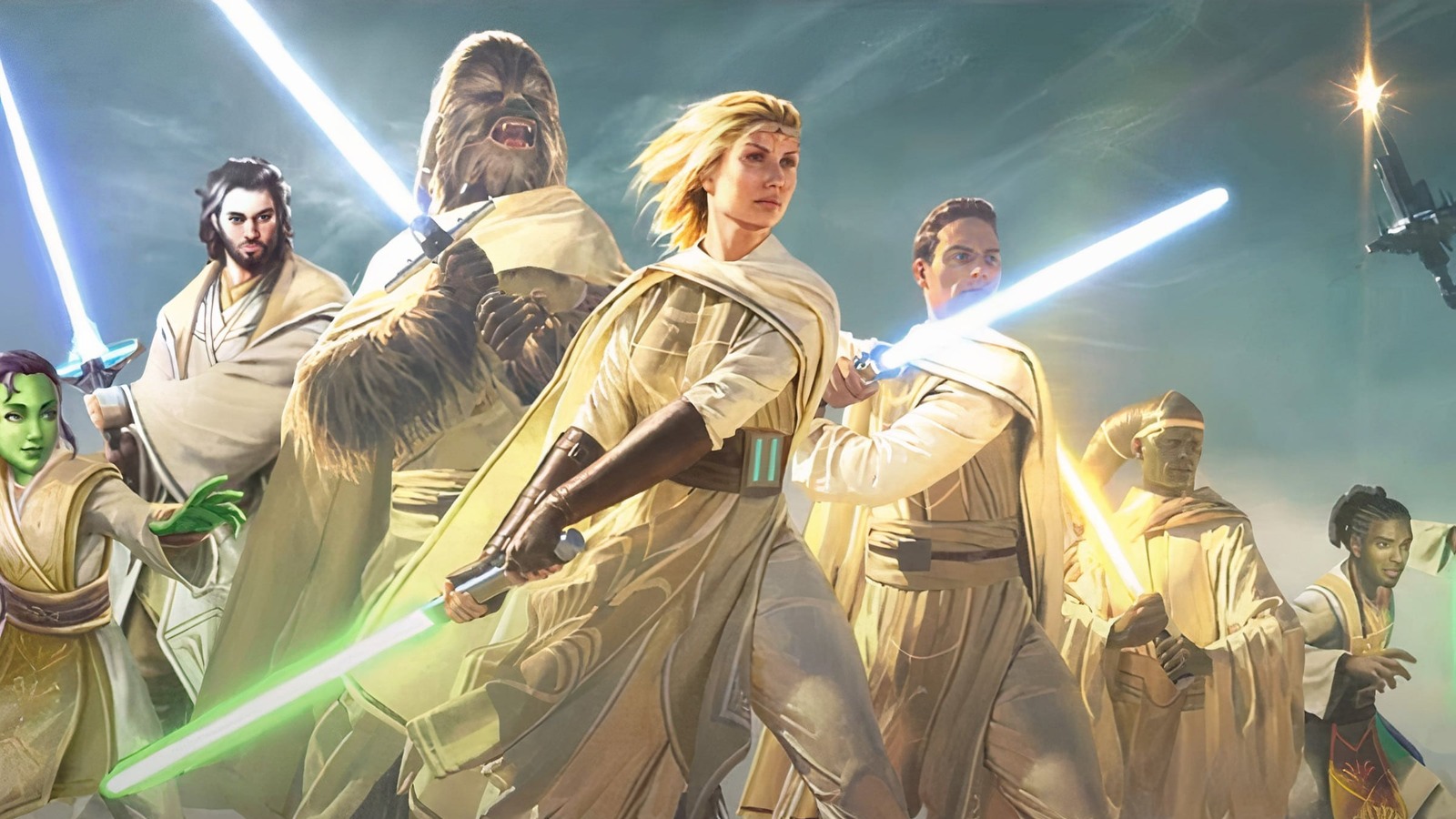Historical Significance of “The Acolyte Time”

The Acolyte Time, also known as the Pre-Cataclysmic Era, holds immense historical significance as it encompasses the period preceding the cataclysmic events that reshaped the world as we know it. This era was marked by profound cultural, religious, and societal transformations that left an enduring legacy on human civilization.
The Acolyte time is a highly anticipated television series set in the Star Wars universe. Fans are eagerly awaiting its release, and many are wondering, “What time is The Acolyte coming out?” Find out here when the series will be available for streaming and learn more about the exciting new show.
The origins of The Acolyte Time can be traced back to the rise of the Acolyte Order, a secretive society of mystics and scholars who sought to unravel the mysteries of the universe. Their teachings and practices influenced various aspects of life, from religious beliefs to artistic expression.
The Acolyte, a highly anticipated television series set in the world of Doctor Who, has been making waves since its announcement. However, the recent passing of actress Mandisa has cast a shadow over the production. For more information on Mandisa’s cause of death, visit here.
Despite this setback, The Acolyte remains an exciting prospect for fans of the long-running sci-fi franchise.
Key Events
- The Great Conjunction: A rare celestial event that occurred during this era, believed to have significant astrological and spiritual implications.
- The Rise of the Acolyte Order: The emergence of this influential society marked a turning point in the era, shaping religious and intellectual thought.
- The Cataclysmic Events: The period culminated in a series of cataclysmic events that reshaped the world’s geography and forever altered the course of human history.
Cultural Significance
The Acolyte Time witnessed a flourishing of artistic and intellectual endeavors. The Acolyte Order’s teachings inspired new forms of literature, music, and visual arts, characterized by their introspective and otherworldly themes.
The Acolyte, a new Star Wars series set 100 years before the events of The Phantom Menace, follows a group of Jedi as they investigate a series of crimes that threaten the peace of the galaxy. For those eager to watch the Acolyte online free, a reliable streaming service is available here.
As the Acolyte unfolds, it promises to shed light on a pivotal period in Star Wars history, exploring the origins of the dark side and the rise of the Empire.
The era also saw the rise of monumental architectural structures, many of which were designed to align with celestial events and served as centers for spiritual practices and astronomical observations.
Impact on Society and Religion
The Acolyte Time profoundly influenced societal structures and religious beliefs. The Acolyte Order’s teachings emphasized the interconnectedness of all living beings and the importance of spiritual enlightenment.
The Acolyte is an upcoming Disney+ series set in the Star Wars universe. It follows a young woman named Aura Sing who is training to become a Jedi. However, she soon discovers that the Jedi Order is not what she expected.
The Acolyte has been met with mixed reviews , with some critics praising its visuals and performances while others criticizing its pacing and plot. Despite the mixed reviews, The Acolyte is still a must-watch for fans of the Star Wars universe.
These ideas challenged traditional power dynamics and led to the emergence of new social movements that sought to promote equality and justice.
Literary and Artistic Depictions of “The Acolyte Time”

The Acolyte Time has captured the imaginations of writers and artists for centuries. Literary works, from novels to poems and plays, have explored the themes, characters, and social dynamics of this era, while artistic representations have captured its visual essence in paintings, sculptures, and other forms of visual art.
Literary Depictions, The acolyte time
Novels such as The Name of the Rose by Umberto Eco and The Pillars of the Earth by Ken Follett have immersed readers in the intellectual and religious conflicts of The Acolyte Time. These works have portrayed the tension between faith and reason, the struggles for power within the Church, and the lives of ordinary people caught in the midst of these conflicts.
Poets such as William Blake and Samuel Taylor Coleridge have explored the spiritual and imaginative aspects of The Acolyte Time in their works. Blake’s Songs of Innocence and Experience captures the innocence and wonder of childhood, while Coleridge’s The Rime of the Ancient Mariner delves into the depths of human guilt and redemption.
Artistic Depictions
Paintings and sculptures from The Acolyte Time provide a vivid glimpse into the visual culture of the era. Religious iconography, such as the Madonna and Child, was a common subject, as were scenes from the lives of saints and biblical figures. Artists such as Giotto and Fra Angelico used their skills to depict the spiritual and emotional aspects of religious belief.
Secular art from The Acolyte Time also flourished, with artists depicting scenes from everyday life, landscapes, and portraits. These works offer a valuable glimpse into the social and cultural values of the era, as well as the artistic techniques and styles that were prevalent at the time.
Modern Interpretations and Reimaginings of “The Acolyte Time”

In contemporary popular culture, “The Acolyte Time” continues to resonate, inspiring diverse interpretations and reimaginings. These modern adaptations reflect evolving social and cultural attitudes, challenging traditional narratives and offering fresh perspectives on this historical period.
Film and Television
Contemporary films and television shows have explored “The Acolyte Time” from various angles. For instance, the 2018 film “The Favourite” depicts the rivalry between two cousins for the affection of Queen Anne during the early 18th century. By focusing on the personal lives of these women, the film offers a nuanced portrayal of the period’s social and political dynamics.
Similarly, the television series “The Crown” presents a dramatized account of the reign of Queen Elizabeth II. Through its exploration of the monarchy’s relationship with the British public, the series sheds light on the changing social and cultural landscape of the post-war era.
Music
Music has also played a role in shaping modern interpretations of “The Acolyte Time.” For example, the British folk singer Laura Marling’s 2011 album “A Creature I Don’t Know” features songs inspired by the era. Her lyrics evoke the period’s themes of love, loss, and social change.
Additionally, contemporary classical composers have drawn inspiration from “The Acolyte Time.” The American composer John Adams’ 1995 opera “Nixon in China” explores the historical meeting between President Richard Nixon and Chinese Premier Zhou Enlai in 1972. The opera uses the event as a lens to examine the complexities of international relations during the Cold War era.
The Acolyte Time, a period of religious fervor and devotion, is often contrasted with the Acolyte Rotten, a time of corruption and decay. The Acolyte Rotten is characterized by a loss of faith, a decline in morals, and a rise in violence.
Yet, even in the darkest of times, the spirit of The Acolyte Time can be found in those who continue to believe and strive for a better world.